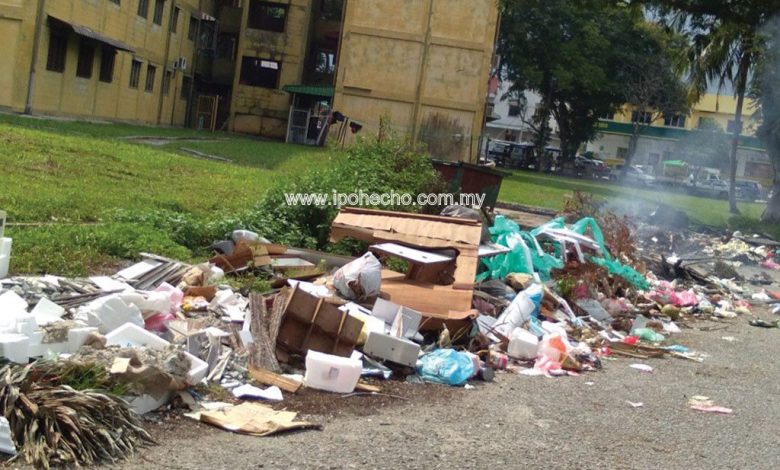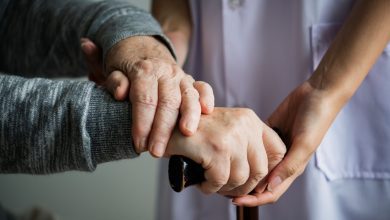Litter and the rise of cancer


If ever there is a Grammy Award for the most littered nation, Malaysia stands a credible chance of reaching the final round. It isn’t just Kinta Valley that is colourfully adorned with throwaways; Klang Valley shares the accolade. Drive along one of KL’s most politically famous suburban roads travelled daily by a senior Cabinet Minister. Along the roadside, a British teacher picks up rubbish strewn around a garbage bin. She plans on getting students to assist her.
Japanese should make the best volunteers. From the earliest year in school, all students in Japan learn clean habits. It’s hands-on stuff as they sweep classrooms, assembly halls and corridors, wash the toilets, and inspect the open spaces for any litter. High school kids go one step further by maintaining cleanliness in the perimeter areas around their schools. Ask any tourists returning from Japan whether they spotted litter anywhere.
Contrastingly, Malaysians learn the habit of littering. From schooldays we throw stuff freely into the open environment — the universal big bin. Very quickly the garbage we discard trap rain water that breeds the killer Aedes mosquito. If you don’t know at least five persons in your contact list who have ended up in the hospital dengue ward, you are probably Japan-hopping most of the year.
Perhaps you will never get dengue. But there is another consequence of litter that you can’t escape from: food chain poisoning. The most abundant type of litter is the plastic carrier bag and bottle. In a recent tour of five Ipoh suburbs, this columnist counted more than a hundred discarded plastic containers in just one short stretch of walkway. Mosquito larvae breeding in plastic containers are known to ingest microplastics along with food particles. These mosquitoes, with microplastics in their bellies, may then be eaten by predators that may be eaten by larger animals until the microplastics end up on your lunch plate.
The littered roadside plastics eventually get washed by rain into the monsoon drains, which carry them into rivers and the sea. Tiny pieces of plastic, mistaken for food, are then consumed by marine creatures. Small fish are eaten by larger fish that may end up as ikanbakar or pricey dinner seafood. If we eat the wrong fish, the price will be fatally higher than stated in the bill. A high 80% of microplastics in the ocean come from land-based trash and urban runoff. In the 1950s cancer was relatively unknown in Malaysia. Today, 1 in 4 Malaysians are at risk. Litter is cancerous.




